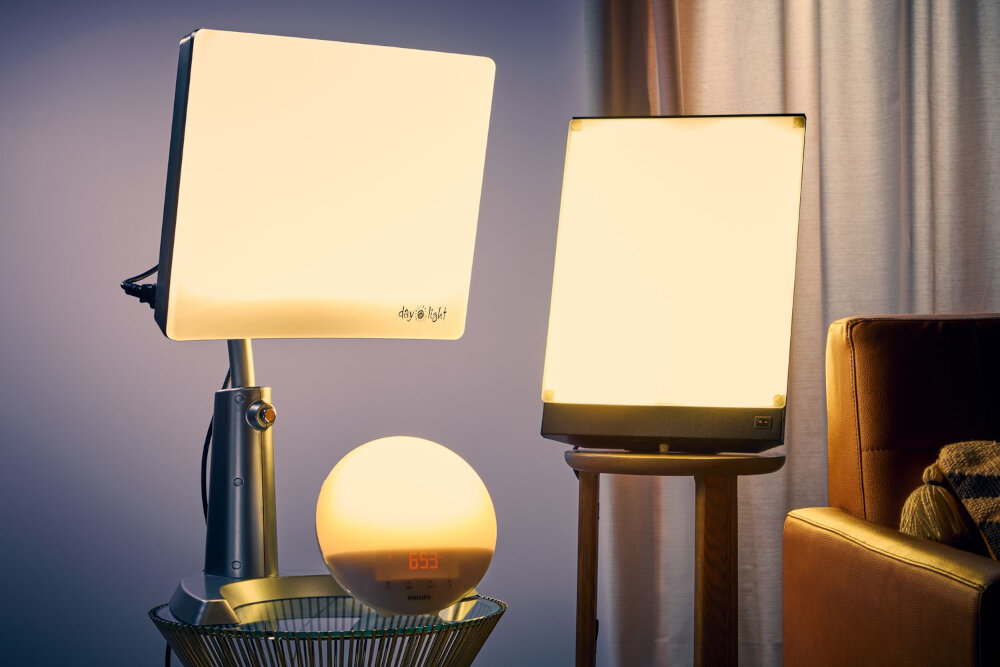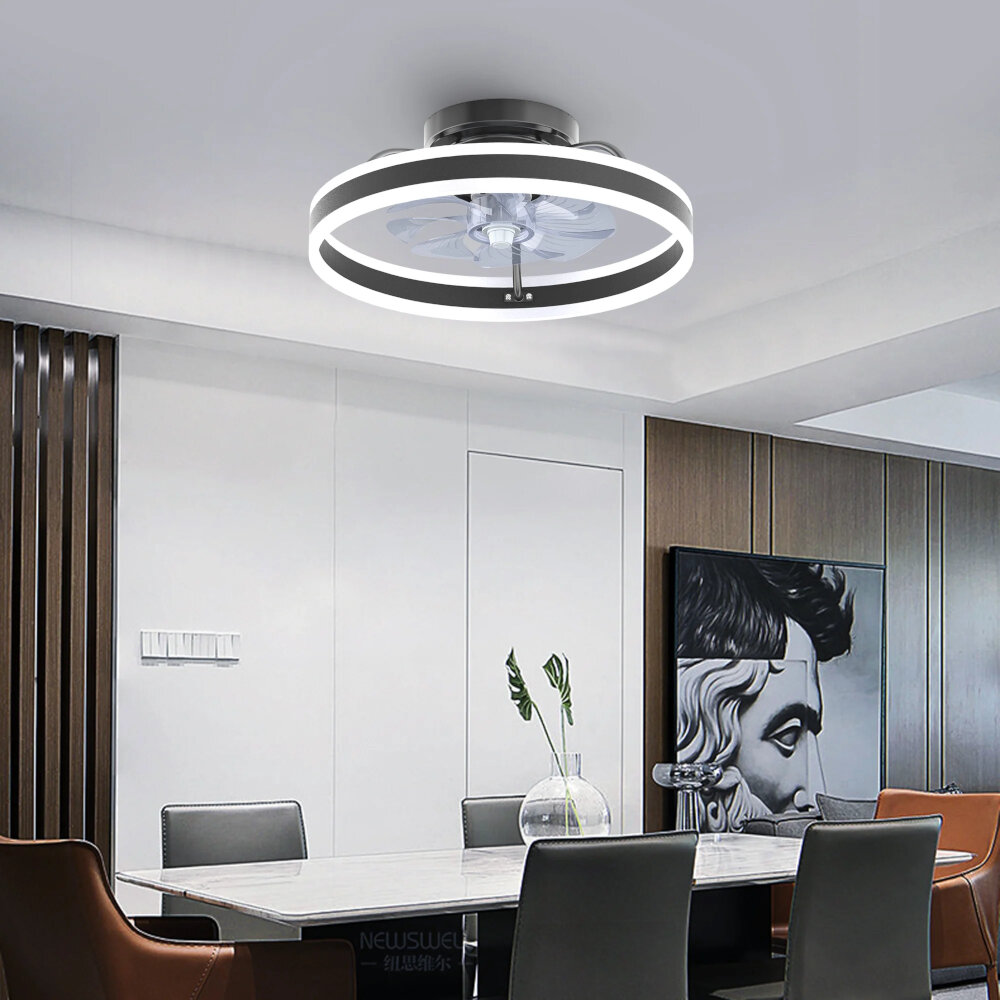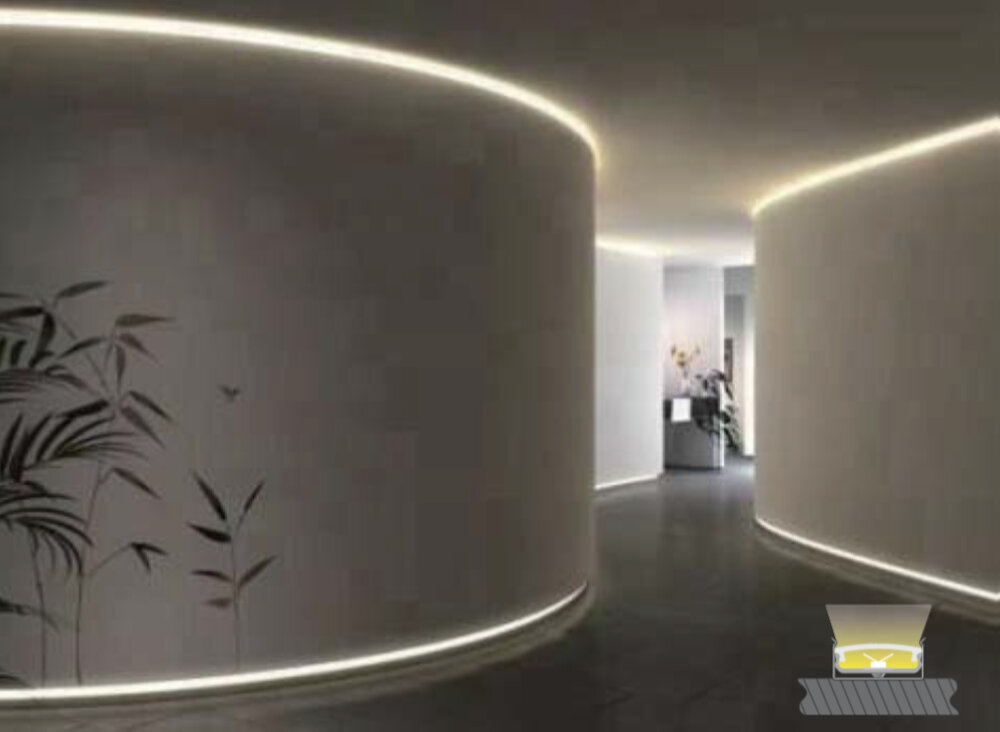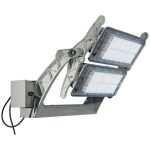DIY Guide: Create an Automatic LED Emergency Light in 5 Easy Steps

In times of emergency or power outages, having a reliable light source is crucial. This is why creating an automatic LED emergency light can be a lifesaver, and the good news is that you can make one easily in just five steps. With a few basic materials and some knowledge of electrical circuits, you can create your own automatic LED emergency light that can turn on automatically during a power outage or any other emergency situation. This DIY guide will walk you through the process of creating an automatic LED emergency light that is energy-efficient and durable. The best part is that you don’t need to be an expert in electronics to successfully complete this project. With a little bit of patience and attention to detail, you can have a reliable light source that can keep you and your loved ones safe during any emergency situation. So, let’s get started and create your own automatic LED emergency light today!
An automatic LED emergency light serves the purpose of providing illumination during power outages or emergencies. It is designed to automatically turn on when the power goes out, ensuring that there is always light in the event of an emergency. The LED lights used in the emergency light are energy-efficient and long-lasting, making them ideal for this purpose. The automatic function of the emergency light means that it does not require any manual intervention to turn on or off, making it a reliable and convenient source of light during emergencies. By following the DIY guide to create an automatic LED emergency light in 5 easy steps, you can ensure that you have a reliable source of light during power outages or emergencies.
Creating your own emergency light has numerous benefits. Firstly, it gives you a sense of security and peace of mind in the event of power outages or emergencies. Secondly, it is cost-effective as you can use materials that are readily available and inexpensive. Thirdly, it is a fun and engaging DIY project that allows you to learn new skills and techniques. Fourthly, it is environmentally friendly as you can use rechargeable batteries instead of disposable ones. Lastly, it is customizable to your specific needs and preferences, allowing you to create a unique and personalized emergency light that suits your lifestyle. Overall, creating your own emergency light is a practical and rewarding experience that will benefit you and your family in the long run.
Materials Required

When it comes to creating an automatic LED emergency light, having the right materials on hand is essential. First and foremost, you will need an LED strip, which will serve as the primary source of light. Additionally, you will need a battery to power the light, as well as a battery connector to attach the battery to the LED strip. To ensure that the light turns on automatically during power outages, you will also need a PIR motion sensor that can detect movement in the room. Finally, you will need a few basic tools, including a soldering iron, wire cutters, and electrical tape, to assemble the components and ensure that the light functions properly. In addition to the basic materials listed above, you may also want to consider adding some optional features to your automatic LED emergency light. For example, you could include a switch that allows you to manually turn the light on and off, or a timer that turns the light off after a certain amount of time has elapsed. You could also experiment with different types of LED strips to achieve different levels of brightness or color temperature. With a little creativity and experimentation, you can personalize your emergency light to meet your specific needs and preferences.
To create an automatic LED emergency light, you will need a few essential materials. Firstly, you will need an LED light strip, which will be the main source of light. You’ll also require a PIR sensor, which will detect movement and automatically turn on the light. A power supply unit will be necessary to provide electricity to the system, and a battery backup will ensure uninterrupted operation during power outages. Additionally, you’ll need a switch to manually turn off the light when needed. Lastly, a casing or enclosure will protect the components and provide a mounting surface. With these materials, you can easily assemble an automatic LED emergency light in just a few steps.
Materials are the building blocks of any DIY project, and in the case of creating an automatic LED emergency light, the right materials are essential. The importance of each material used in this project cannot be overstated. The LED lights are the core component of the project, providing the necessary illumination during power outages. The breadboard is crucial for prototyping and testing the circuit before it is assembled. The resistor helps regulate the flow of electricity, preventing the LED lights from burning out. The battery and battery holder are necessary for providing power to the circuit, and the wires are the necessary connectors that make the circuit complete. Each material plays a crucial role in the success of the project, and without any one of them, the project would not be possible.
StepbyStep Instructions

Step-by-step instructions are an essential part of any DIY project. They provide a clear and concise guide for completing a task, ensuring that even those with little experience can follow along. In the case of creating an automatic LED emergency light, step-by-step instructions are crucial to ensure that the final product is functional, safe, and aesthetically pleasing. By breaking down the project into a series of manageable steps, individuals can work through each stage of the process, building confidence and skill along the way. Following step-by-step instructions also helps to avoid mistakes or errors that could lead to frustration, delays, or even potential hazards. With each step clearly outlined, individuals can take the time to double-check their work, ensuring that they have completed each stage correctly before moving on to the next. This methodical approach not only creates a sense of accomplishment as each step is completed, but it also ensures that the final product meets the desired specifications and is fit for purpose. Overall, step-by-step instructions are a valuable tool for any DIY project, providing guidance and structure that makes the process both easier and more enjoyable.
The first step to create an automatic LED emergency light is to assemble the circuit. This process involves gathering all the necessary components and carefully following the schematic diagram provided. It is important to ensure that all connections are properly made and that the components are correctly placed. The circuit board should be securely fixed in the casing, and all wires should be neatly arranged and connected to the appropriate terminals. Assembling the circuit requires a degree of precision and attention to detail, but with patience and careful work, it can be accomplished successfully.
In Step 2 of the DIY Guide to Create an Automatic LED Emergency Light, it’s time to connect the LED lights. This is a crucial step which will ensure that the light functions properly. First, we need to connect the positive terminal of the battery to the positive terminal of the LED. Then, connect the negative terminal of the battery to the negative terminal of the LED. It’s important to ensure that the polarities are correct, as connecting them the wrong way could damage the LED. Once the connections are secure, we can test the LED to make sure it lights up properly. If it does, we can move on to the next step in creating our automatic LED emergency light.
For the third step in creating an automatic LED emergency light, it’s time to add the battery and switch. This is where the magic happens, as the battery provides the power source for the LED lights to function, while the switch allows you to turn the light on and off as needed. Carefully connect the positive and negative wires of the battery to the corresponding terminals on the switch, making sure they are secure and won’t come loose. Once the battery and switch are in place, you’re one step closer to having a fully functional emergency light that will provide peace of mind during power outages or other unexpected situations.
The fourth step in creating an automatic LED emergency light involves creating the automatic switch. This switch is essential as it will allow the light to turn on automatically when there is a power outage. To create the switch, you will need a relay module, a 9V battery, a diode, and a few jumper wires. The relay module will act as the switch and will be connected to the battery and the LED light. The diode will prevent the battery from discharging when there is no power, ensuring that the battery is always ready when needed. With the automatic switch in place, you can rest assured that your emergency light will provide bright and reliable illumination during power outages.
After successfully completing the previous steps, it’s time to test the emergency light. Turn off the main power supply and switch on the emergency light. Observe if the LED lights turn on automatically or not. Check if the brightness of each LED is consistent and if they provide ample illumination. Make sure the battery backup is functioning correctly and the charging circuit is working correctly. You can also test the automatic switch-off feature by turning on the main power supply and checking if the emergency light switches off automatically. Once you have confirmed that everything is working correctly, your automatic LED emergency light is now ready to use!
Tips and Tricks

When it comes to DIY projects, having a few tips and tricks up your sleeve can make all the difference. Creating an automatic LED emergency light in just 5 easy steps may seem daunting, but with the right guidance, it can be a breeze. One of the most important tips to keep in mind is to always read through the instructions thoroughly before beginning any project. This will help you get a sense of what materials you’ll need, what steps you’ll need to take, and how long the project should take. Additionally, make sure you have all of the necessary tools on hand before you begin. Nothing is more frustrating than getting halfway through a project only to realize you need a tool you don’t have. Another important tip when it comes to creating an automatic LED emergency light is to take your time. Rushing through the project can lead to mistakes, which can end up costing you time and money in the long run. Instead, take your time and work carefully, ensuring that each step is completed correctly before moving on to the next. Additionally, don’t be afraid to ask for help if you need it. Whether you’re stuck on a particular step or just need a second pair of hands, reaching out to a friend or family member can make the project go much more smoothly. With these tips and tricks in mind, you’ll be well on your way to creating an automatic LED emergency light that will give you peace of mind in case of an emergency.
To ensure the success of your DIY project, it’s important to plan and prepare thoroughly. Before you begin, make sure you have all the necessary tools and materials, and read through the instructions carefully. Take your time and don’t rush through any of the steps. If you’re unsure about anything, don’t hesitate to ask for help or consult online resources. It’s also important to experiment and test your prototype before finalizing the project to ensure that it functions as intended. Finally, remember to document your progress and results, as this can be useful for future reference and troubleshooting. By following these tips, you can ensure that your automatic LED emergency light project is a success.
If you want to customize your emergency light, there are a few things to keep in mind. First, make sure you have a clear vision of what you want to achieve. Do you want it to be brighter or have a longer battery life? Once you have a goal in mind, research the different components and upgrades that can help you achieve it. Consider using a higher capacity battery, adding more LEDs, or installing a motion sensor for automatic activation. Additionally, make sure you have the necessary tools and skills to make the modifications safely and effectively. Always exercise caution when working with electrical components and follow all safety guidelines. With careful planning and execution, you can create a customized emergency light that fits your specific needs and preferences.
Creating your own automatic LED emergency light can provide you with numerous benefits. First and foremost, it will ensure that you and your loved ones are safe during a power outage or other emergency situations. Additionally, it can save you money in the long run, as you won’t have to rely on expensive and unreliable commercial emergency lights. Furthermore, it can be a fun and rewarding DIY project that allows you to learn about electronics and gain valuable skills. By following the 5 easy steps outlined in this guide, you can create a reliable and efficient emergency light that will give you peace of mind and serve you well for years to come.
Creating an automatic LED emergency light is not only a fun and exciting project, but it can also be a valuable addition to your home or business. With just five easy steps, anyone can build this useful device and feel a sense of accomplishment. Whether you’re a seasoned DIYer or a beginner looking to learn a new skill, this project is perfect for you. Not only will you gain experience in electronics and wiring, but you’ll also have a functional and practical emergency light that you can rely on in times of need. So why not give it a try? Gather your tools and materials, follow the steps, and see the results for yourself!
Conclusion

In conclusion, creating an automatic LED emergency light in just 5 easy steps is a simple yet effective way to ensure that you and your loved ones are prepared for any emergency situation. By following the step-by-step guide, you can build a reliable and efficient lighting system that will automatically turn on during power outages or other emergencies. This project is not only easy to complete but also cost-effective, making it a great option for anyone looking to improve their emergency preparedness. With a little bit of effort and some basic tools, you can create a valuable addition to your home that will provide peace of mind during uncertain times. So, don’t wait any longer, start building your automatic LED emergency light today!




